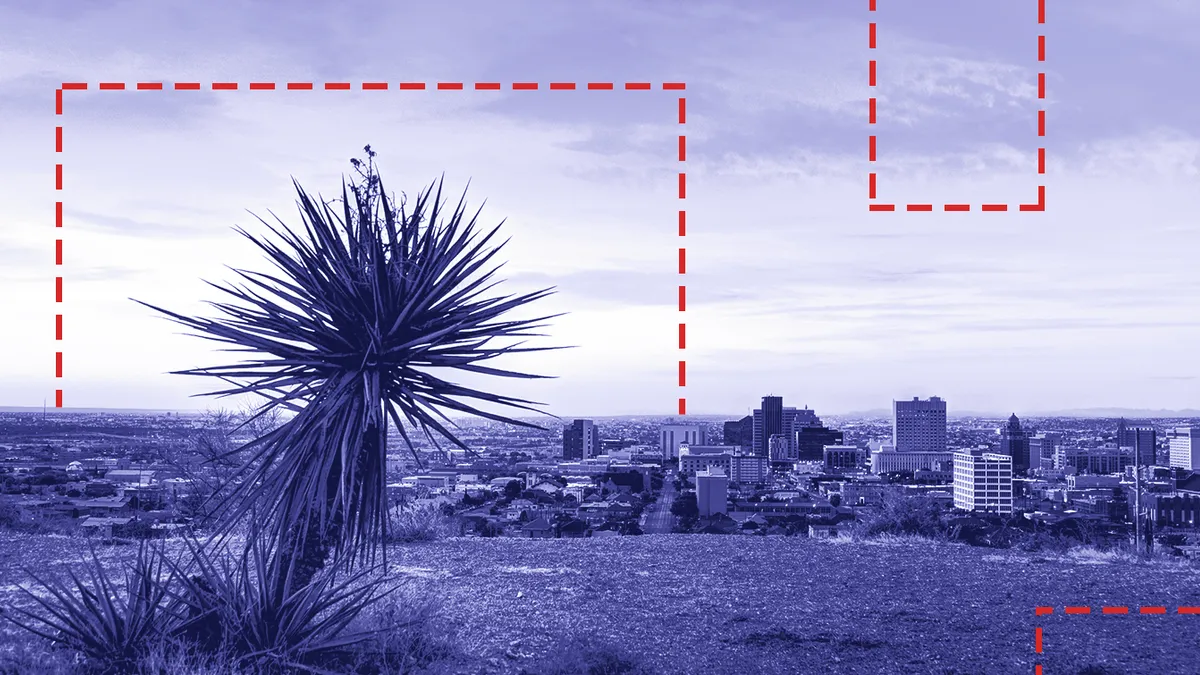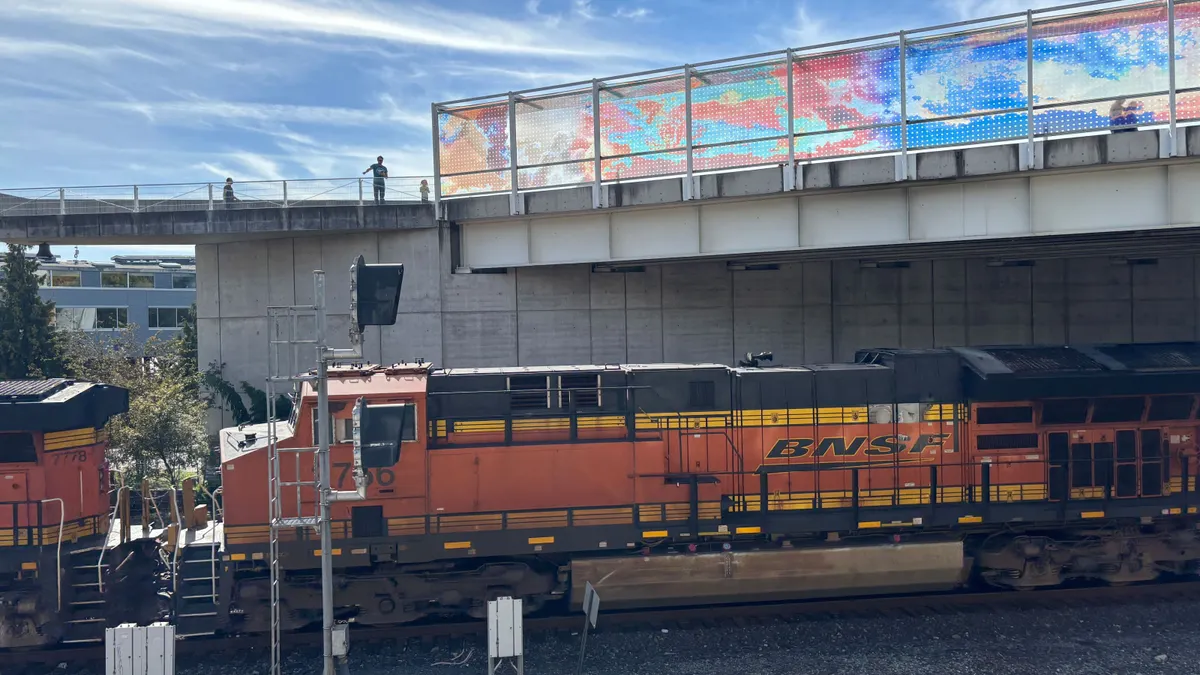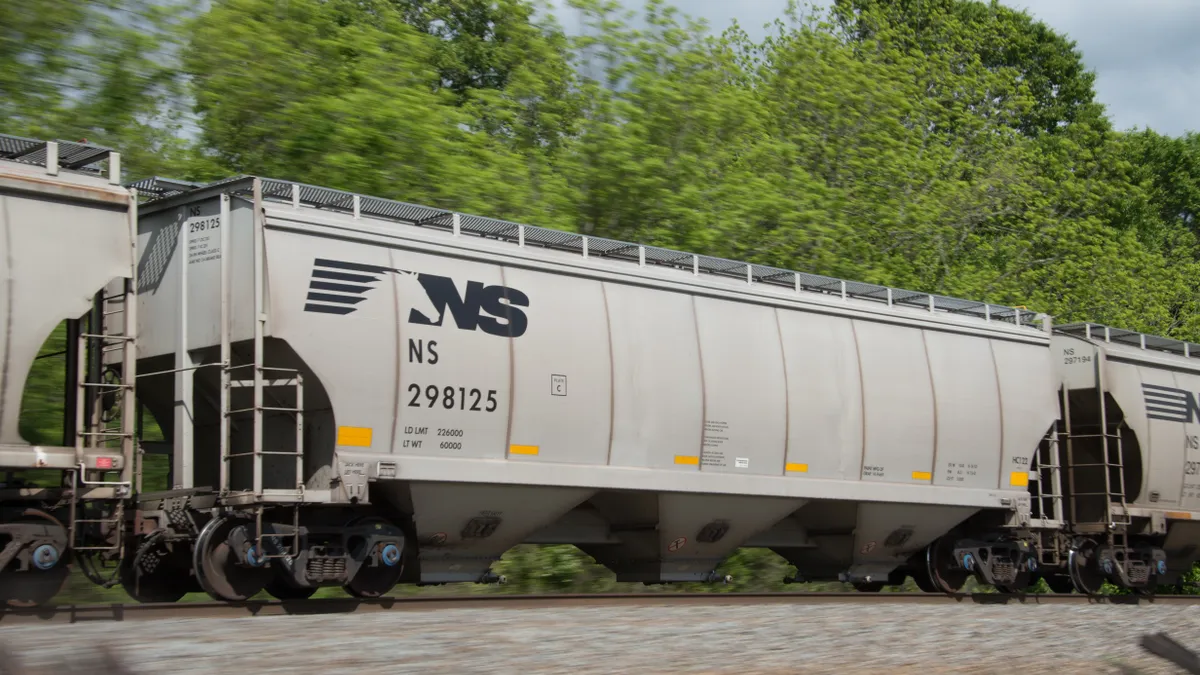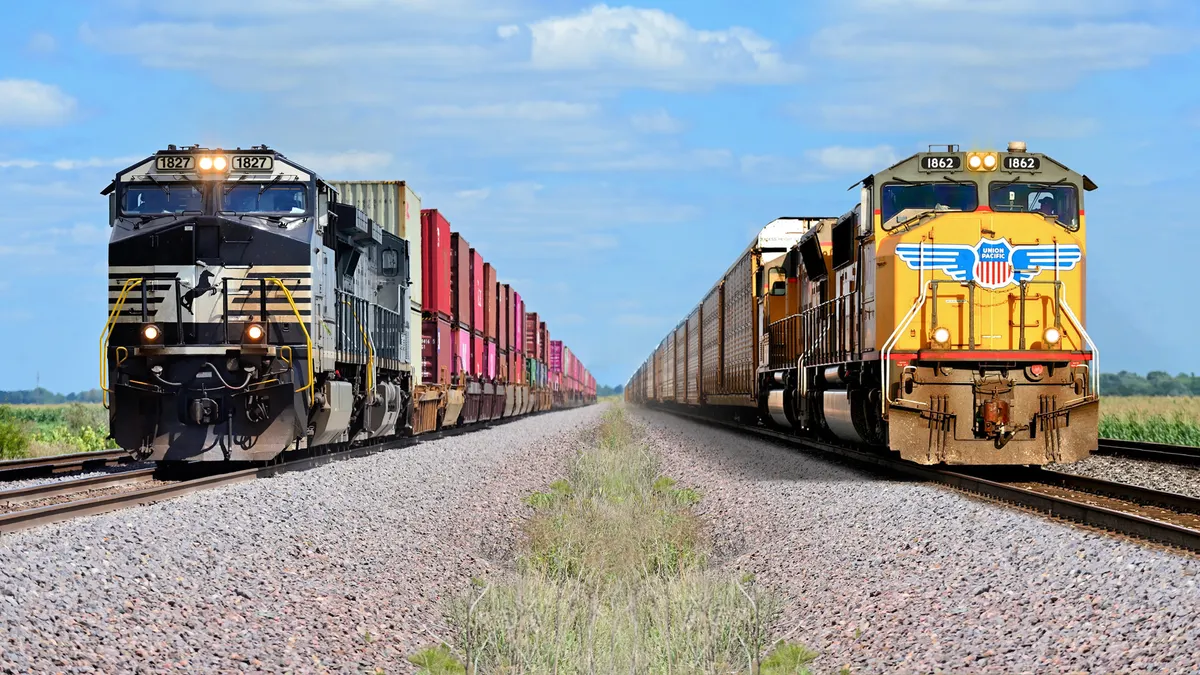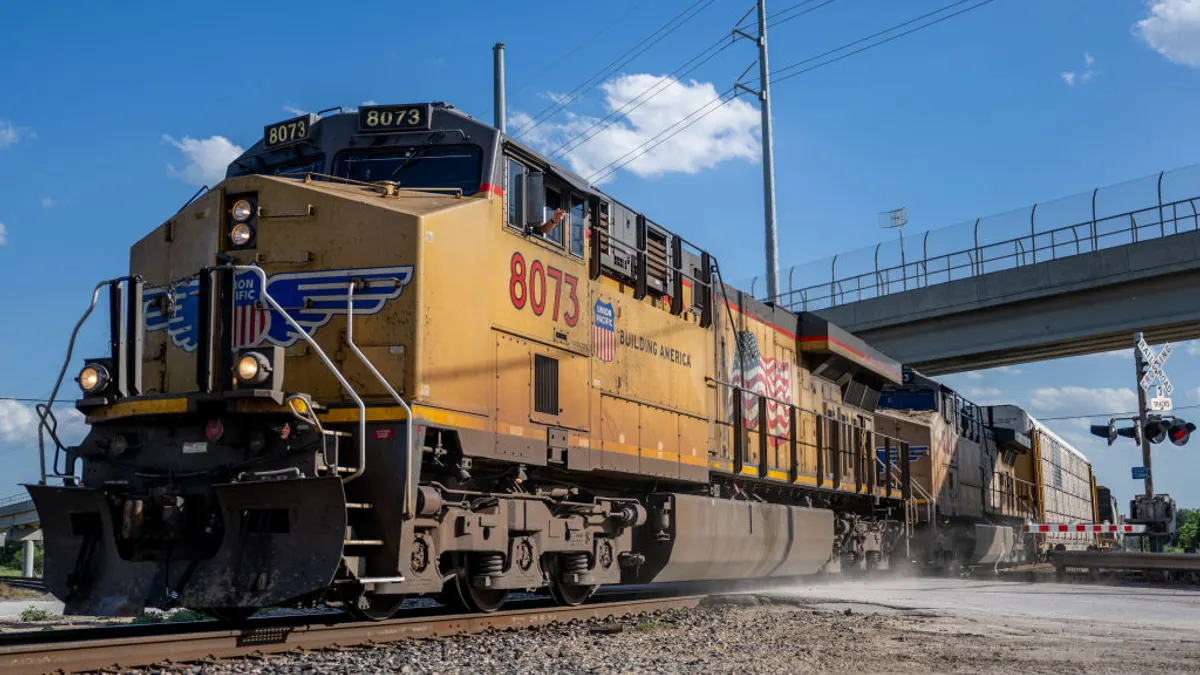When Alejandro Palacios took over DHL Global Forwarding's strategy for the U.S. southern border in 2015, he saw an under-leveraged market — and an opportunity.
DHL prides itself on being consolidated in the world's biggest markets, and trade between the U.S. and its biggest trade partner, Mexico, fits the bill. Yet, despite high name recognition in Mexico, and six offices at the border, Palacios noticed DHL's share of the market was not meeting its potential.
"You look at the numbers and it was not very pretty to compare the amount of business we were having with the amount of trade there is," said Palacios, now DHL's Vice President of Customs Brokerage for the Americas, and Regional Vice President for the U.S. South Region.
Over the past five years, Palacios and his team have worked on a plan to correct that. A plan that began by making El Paso "the flagship for the southern border," and has resulted, over the past three years, in a 30% year-over-year growth rate for the U.S. South Region's bottom line.
It's not just about the border
In choosing El Paso as its flagship border office, DHL joins a long list of companies which, over the past six years, have chosen to make the city a destination for major logistics investments.
One look at a map, and it's not hard to see why. El Paso is part of the "borderplex" region, which extends south into Ciudad Juárez, Mexico, and west to Las Cruces, New Mexico. The city has 11 ports of entry, and access to major U.S. markets by truck (via Interstate 10) and rail (via Union Pacific's "sunset route", which connects Santa Teresa, New Mexico to the ports of Los Angeles and Long Beach, California).
As the CEO of The Borderplex Alliance, a regional economic development firm, Jon Barela has been at the center of discussions with companies looking to invest in the region. He said while location and trade are important, they are just a small part of the puzzle.
Mexico or China? How supply chains cut costs by setting up at the border
| Transport | Ciudad Juárez is on the border with El Paso, Texas, which has access to major U.S. markets by rail, truck or airfreight. |
|---|---|
| Production | Wages in Mexico are equal to, if not cheaper, than China. |
| Storage | By using the various available foreign trade zones, companies can store their goods while deferring duties and taxes until the goods sell. |
| Operational costs | Northern Mexico is less than a day's flight away from many locations in the U.S., providing easy business travel and oversight capabilities — compared to weeklong trips to China. |
TJX, the parent company of TJ Maxx and Marshalls, recently announced it would invest $150 million to develop a distribution center in El Paso. The center will serve as only the sixth distribution center for Marshalls stores in the U.S., and documents presented to city council show El Paso was competing with 28 cities in the U.S.
"We were competing against cities like the Dallas Metroplex, Oklahoma City, and others," Barela said. Ultimately, Barela said it was El Paso's combination of workforce trends, transportation infrastructure, pro-business political leadership, vibrant downtown and of course, the location and incentives package ($8.9 million over 15 years) that could make El Paso competitive in any bid for a major investment.
But for Christian Perez Giese, CBRE's senior vice president and director for the El Paso-Ciudad Juárez office, there was an X-factor that recently made industrial real estate particularly hot: trade trends.
As Mexico boosts exports, logistics in El Paso rise in importance
Perez Giese said about five years ago, CBRE's clients in the region began to talk about relocating production from overseas back to Mexico, picking up the trend of reshoring global supply chains.
"From my clients' description of what's driving it, a lot of it has to do with equalization of wages in China and Mexico," said Perez Giese. This, he explained, is a reversal from the trends he saw when he moved to the region in 2002. At the time, wages in China were low enough to offset the benefits of proximity to the U.S. market. "We're seeing that shift coming back."
China's labor costs outpace Mexico's
Ciudad Juárez and El Paso have benefited from these trends, as the cities play different roles in supply chains. Among the two, Ciudad Juárez is home to most of the manufacturing, while El Paso houses and distributes the finished products.
"We see very little finished product sitting on the south side of the border," said Perez Giese. "For the most part, the finished product is immediately being brought across the border, put into a U.S. warehouse for distribution," Perez Giese said.
It's this split of roles among cities that makes the rise in trade uniquely powerful for the region — and uniquely profitable for logistics investments.
It's a result of the just-in-time manufacturing model, according to Jesus Manuél Salayandía, president of the Ciudad Juarez branch of Mexico's National Chamber for Industry and Transformation (Canacintra, for its initials in Spanish). The goods produced in Ciudad Juarez rarely go straight to consumers' doorsteps: they are often stored locally until the client demands the product.
"Every time a new company sets up here in Ciudad Juarez, they have to have a logistics zone and warehousing department," Salayandía said in Spanish. "It is very important that every company that comes here has its own space to do that, either in El Paso or in Ciudad Juarez. They need to have it because customers demand it."
By investing in logistics, companies based in the region can cut costs on transport, production and storage — and better manage risk by being closer to the end-market. It's not for nothing that DHL, UPS and FedEx have each expanded their El Paso services in the past few years. "Companies understand that you can have a lot of control over your supply chain with a starting point in El Paso," said Perez Giese.



